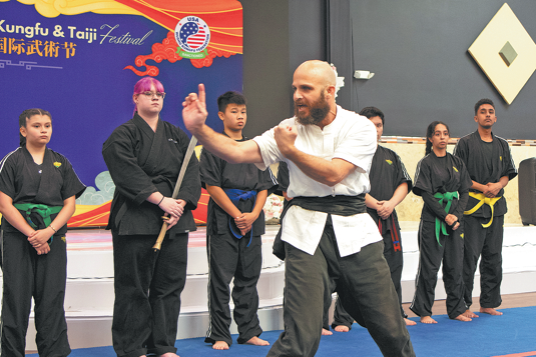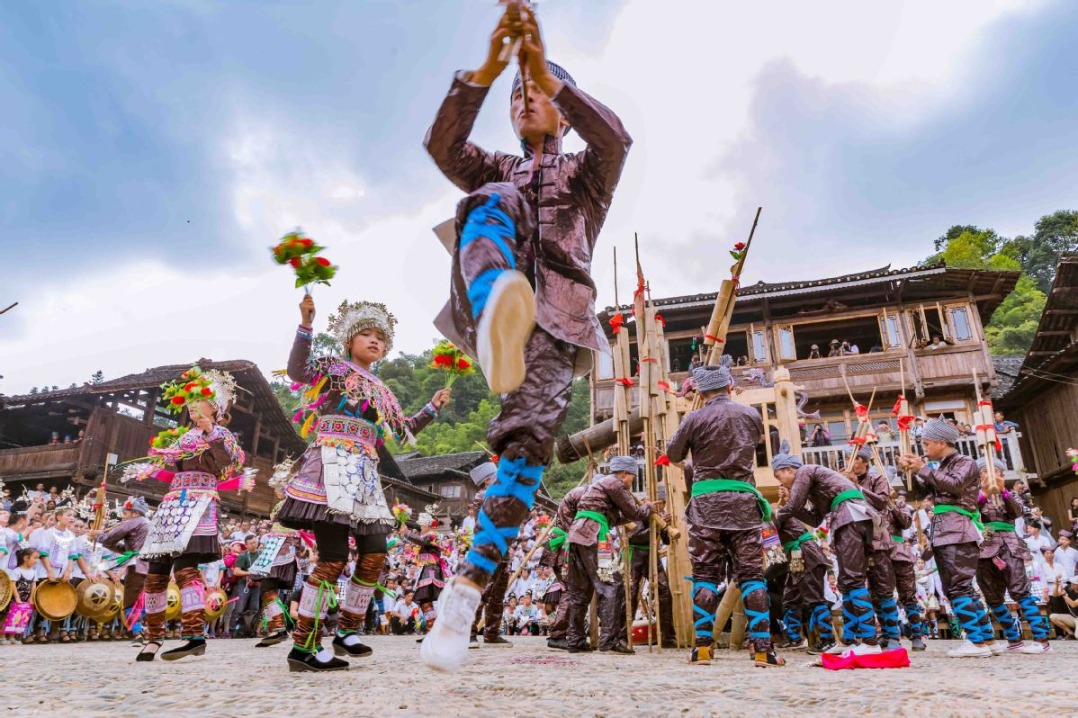Ming ceramics to be highlight of Hong Kong auction
By Lin Qi | China Daily | Updated: 2017-04-04 09:09
Several of the Chinese ceramics sold for the highest prices last year are from the Ming Dynasty. They include a blue-and-white dragon-patterned jar from the Xuande period (1425-35) which made HK$158 million, and a Yongle era moon-shaped flask that belonged to Roger Pilkington, an eminent British collector, which sold for HK$110 million.
Meanwhile, many of the highest prices for Chinese porcelain were paid in Hong Kong, which demonstrates the market cycle from Europe to Asia.
According to Chow, in the 1920s, 30s and 40s, British collectors bought most of the fine porcelain available in the market. However, as the market shifted east, Japanese buyers and collectors in Hong Kong and later Taiwan slowly started buying the same items.
Now, it is the turn of buyers from the Chinese mainland. "The market works in cycles and follows the shifts and turns of the global economy. China has taken a leading role on the global stage, and therefore we will continue to see Chinese buyers buying up their historical heritage for years to come," Chow said.
"There are collections scattered around the world, and although there is less and less material available, the market should not dry up in the next couple of decades."
Gong Jisui, an art market observer in Beijing, said Chinese bidders still have to compete with a large number of buyers overseas because Chinese works of art, as a classical art form and also a secure investment, are well-recognized globally.
He said recognition is built on the systematic collection by museums worldwide and continuous in-depth academic research, which is also important for devising standards of authenticity and a stable pricing system.
























